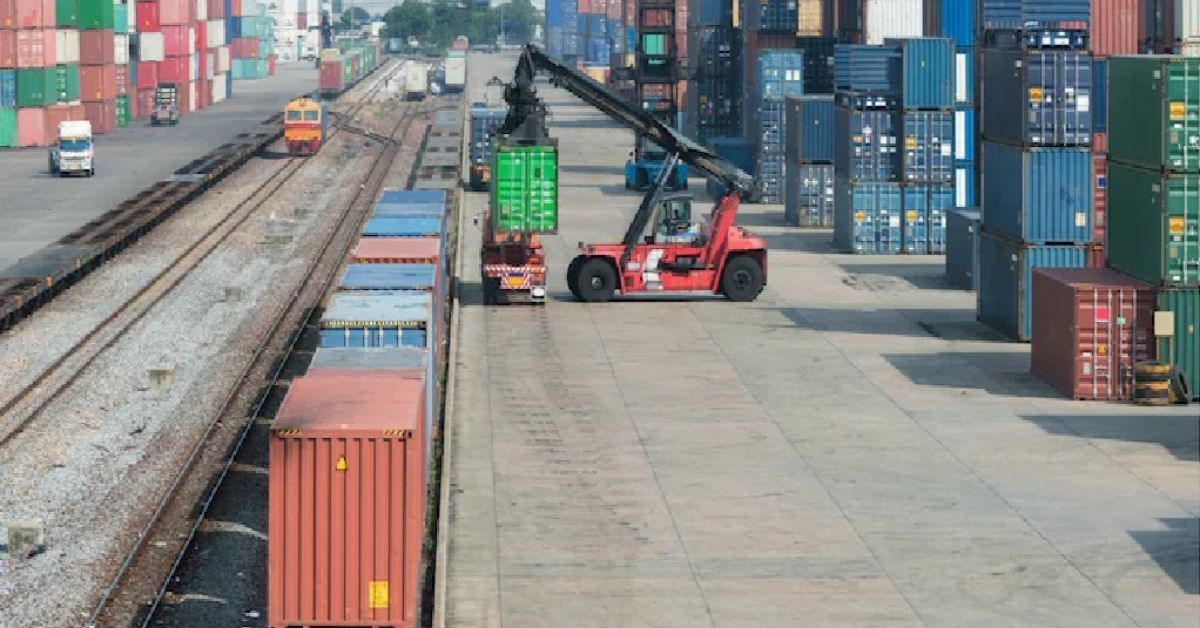In an effort to increase container traffic and boost logistical effectiveness nationwide, the Ministry of Railways has unveiled new policy guidelines. These regulations open the door for the construction of dedicated container train terminals on Indian Railways property, which will improve the freight industry and expedite container handling procedures.
An entrance fee of Rs. 80,000 per train would be applied under the new regulations for operations like loaded in-empty out, empty in-loaded out, and loaded in-loaded out. Twenty-foot equivalent units (TEU) will cost Rs 35 per day for container storage, while forty-foot equivalent units (FEU) will cost twice as much. Once the container is ready for departure or the allotted period for unloading incoming shipments has passed, storage costs will be charged. Storage fees will increase if a container is left at the terminal for more than 12 days.
The regular free time for loading, unloading, stuffing, or destuffing containers on container trains will continue to be nine hours, but there will be no free time for stacking containers at these exclusive terminals. Existing detention or demurrage fees will be maintained in accordance with the current regulations; wharfage or ground usage fees will not be applicable. With a five-day window set aside for hubbing activities, the policy also permits hub-and-spoke operations at the terminals.
Furthermore, the Ministry has determined 23 possible sites for these unique terminals around India, including Desur, Visakhapatnam, Chinchwad, and Miraj. Although container traffic is the main purpose of these terminals, other kinds of freight may be handled in the zones if needed without compromising the capacity to handle containers. This program is a component of the government’s larger endeavors to modernize the Indian freight industry, increase the effectiveness of logistics, and promote the expansion of domestic container traffic. The new terminals are intended to increase the competitiveness of India’s freight and logistics ecosystem by utilizing Indian Railways’ vast network.







